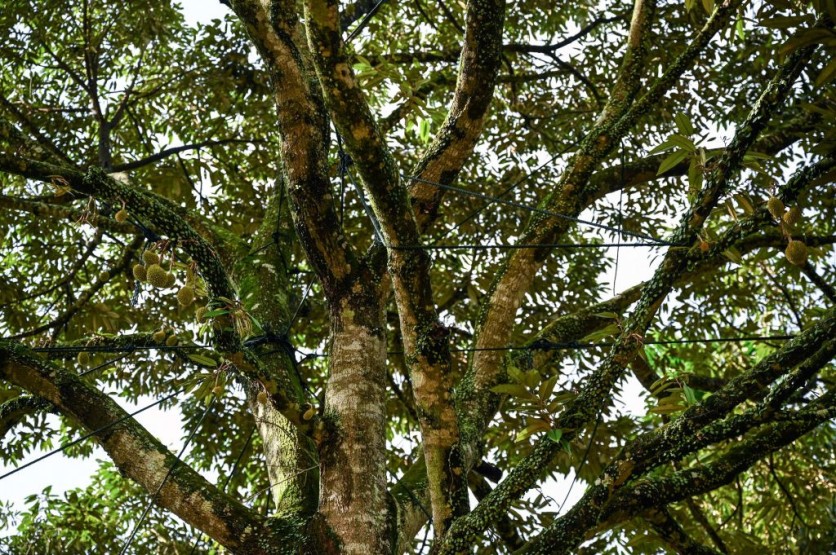A drone from Swiss researchers allows for the easier gathering of samples from tree limbs, as reported by TechCrunch.

External DNA left behind by animals comes in various forms, such as dead skin, feathers, waste, fluids, and more. They can be found in soil, water, or on surfaces such as tree branches and rocks.
A drone-based solution was proposed by ETH Zurich that can fly up to high branches and get samples without damaging the tree branches.
The Drone
The drone may look like your common light fixture with a wood frame and plastic shielding and strips of adhesive tape or humidified cotton mounted on the lower surfaces.
When the drone is guided to position, it will hover above a branch where the sample will be collected from. Then, it will monitor any movement and when it makes contact or pushes with enough pressure to cause loose eDNA materials to transfer to the strips.
The drone was first tested in the arboretum surrounding the institute, and the researchers were able to identify dozens of species of plants and animals.
Now, the researchers are planning to work on the drone by letting it go farther into trees or higher up.
The drone can help researchers gain more information on global biodiversity and help automate the ability to measure, understand, and predict how the biosphere responds to human activity and environmental changes.
Also Read: Underwater Treasure Drone: Going 33 Feet Deep to Look for Goods in the Seabed
The Future of DNA sampling
Aeroecology, a method of studying ecology by flying on a drone or airplane, was one of the methods that can be used to survey areas that may have been missed by sampling on the ground. It may include, but is not limited to, bird phenology, population and community ecology, species distribution and abundance, and pollination biology. It can be used for land management, ecological monitoring, conservation, and restore ecology. This method is cost-effective yet not as effective as the drone in terms of the number of samples that can be taken.
A few years ago, the cost of sequencing the DNA was too high for most people, especially the general public. Nowadays, the DNA sequencing is cheaper, which can be considered as a great progress. With the advance of artificial intelligence and the AI system, DNA sequencing can be automated and the results can be analyzed quickly. Another solution for DNA sampling is the use of drones to gather samples from high places, such as tree branches.
The idea of sampling DNA from the air is not new, but it is still in its early stages. However, it could potentially be a new and better method of sampling DNA from the environment that could have been overlooked by researchers.
Related Article: A Military Drone Made of Sticks Has Been Spotted

ⓒ 2025 TECHTIMES.com All rights reserved. Do not reproduce without permission.




